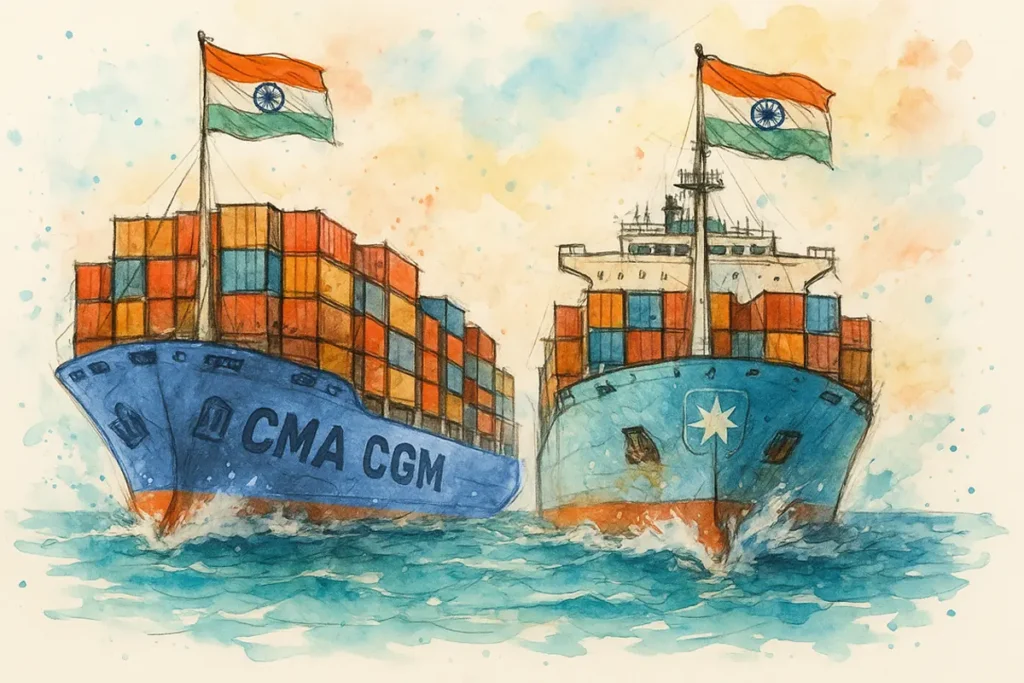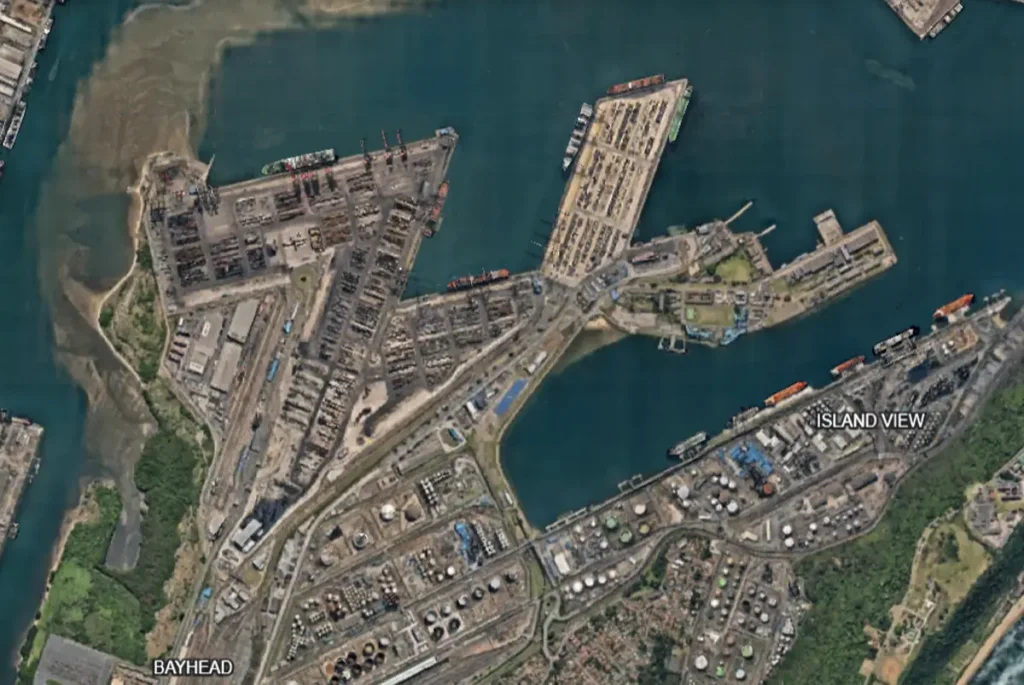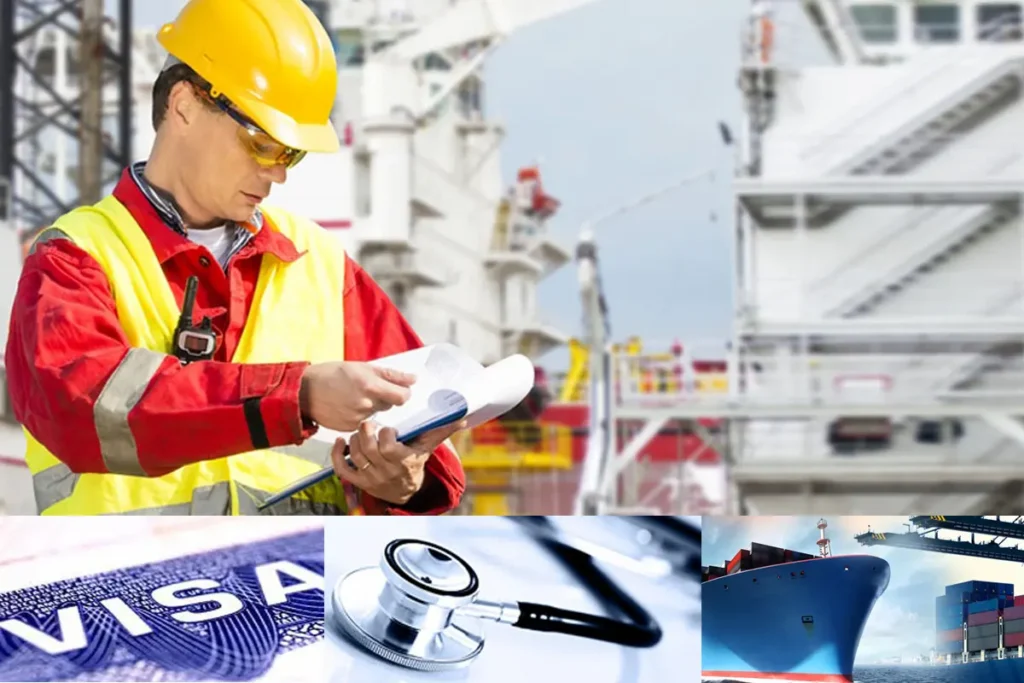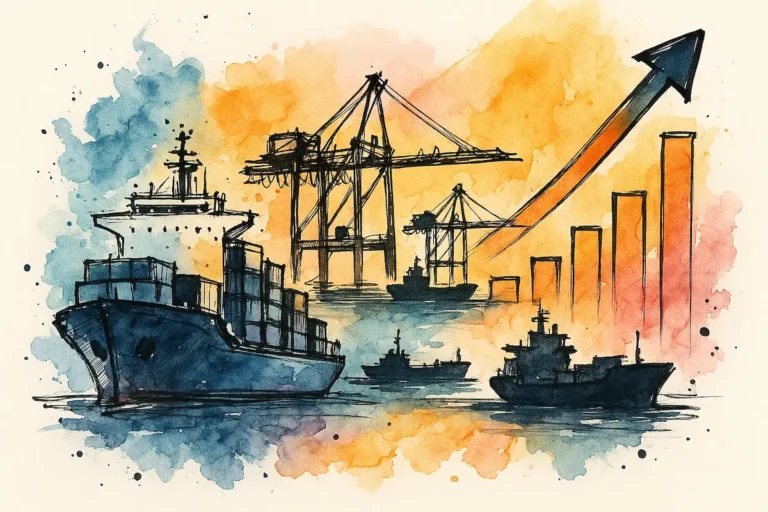Supply chain disruptions have been consistently dogging global businesses ever since COVID-19 hit it badly.. Whether it is port congestion, freight rate volatility, port closures, strikes or threat of strikes, and most recently geopolitical tensions & extreme weather, all these disruptions have been an ongoing source of stress for global supply chains..
While these disruptions may be bad for business, some see them as a positive step towards building resilient supply chains..
In this context, the recent webinar on “Enhancing Supply Chain Resilience through Collaboration and Visibility” brought together key voices in the industry to explore the way forward for logistics professionals..
The webinar featured experts from Global Shippers Forum representing shippers, Digital Shipping Association (DCSA), an organization founded by 9 of the top 10 container shipping lines in the world, and Beacon, a supply chain visibility platform that offered valuable insights into how the industry can adopt data-driven solutions, collaborative approaches using visibility to bolster supply chain resilience..
The vulnerabilities in supply chains brought out by the pandemic were one of the key reflections from the shippers’ side as narrated by James Hookham, Secretary General of the Global Shippers Forum..
Before COVID, the global logistics market was relatively placid, with lower rates and predictable service quality, but the pandemic shattered this sense of stability, bringing with it a succession of challenges that continue to affect logistics networks today..
As per James, “For shippers, it’s all about how disruptions affect the planned delivery and availability of their goods”..
The importance of visibility as a means to mitigate such risks was highlighted with shippers requiring not just real-time tracking, but also data that provides them with actionable insights about their inventory which allows them to make decisions proactively..
These continued disruptions have also transformed how shippers view supply chain resilience as there is a bit more understanding of the need for a resilient supply chain..
Supply chain visibility is now seen as a form of risk management that offers a level of control over inventory flows even when the external environment is unpredictable..
The conversation also delved deeper into the importance of standardization in achieving effective visibility with Kshitij Parashar of DCSA explaining how data standards will assist with standardising information flow..
“We are working to create a common language for data exchange,” said Parashar.. “There’s a massive amount of information flowing within global supply chains, and much of it is fragmented due to a lack of uniformity in how data is defined and communicated across the ecosystem..”
Parashar emphasized that standardized definitions and processes are essential for efficient data flow, enabling all stakeholders—from shippers to ports—to operate on the same page..
The forum also discussed the various initiatives that DCSA has created in terms of digitalisation of trade in collaboration with the FIT Alliance, banks, insurers, and other industry stakeholders..
Parashar explained that the power of collaboration through data standards is at the core of what DCSA does and bringing together all the key players in the industry to agree on these standards is what makes their work impactful..
David Koke, Head of Marketing at Beacon, expanded on the operational value of visibility and that its true value goes beyond simply tracking shipments in real time..
“Visibility is not just about knowing where your goods are, it’s about having the ability to act on that information in real-time,” Koke explained.. He described visibility as a crucial tool for managing risk, enabling businesses to mitigate disruptions more effectively by acting swiftly when issues arise..
When queried about practical examples of how visibility tools like Beacon can transform supply chain management, Koke explained that one of the most common use cases is exception management, where businesses can react quickly to unexpected events like shipment delays or route changes..
“When you have real-time visibility, you can inform your warehouses or customers immediately, helping to minimize the impact of disruptions on your operations,” Koke said.. He emphasized that visibility tools allow companies to avoid costly delays by providing early alerts, which is particularly valuable in high-pressure situations like holiday shipping seasons or during sudden port closures..
Koke elaborated further that visibility goes beyond day-to-day operations and data from visibility platforms can be used to drive long-term strategic planning..
“Visibility gives you the ability to look back at past performance and identify patterns—such as which routes are prone to delays or which carriers have the best on-time performance,” said Koke..
Looking ahead, Koke pointed out that the next frontier in visibility will be predictive analytics, where historical data is used to forecast potential disruptions before they occur and is of the view that as the digital infrastructure matures, the market will see more companies using predictive models to enhance their supply chain resilience..
A recurring theme throughout the webinar was the idea that collaboration is key to overcoming supply chain challenges.. Whether it’s working with industry peers to establish data standards or using visibility platforms to share real-time information with supply chain partners, the speakers all agreed that collaboration is the cornerstone of resilience..
The webinar highlighted the need for all the stakeholders in the industry to embrace digitalization, enhance collaboration, and adopt real-time visibility to navigate the increasingly nuanced and complicated landscape of global supply chains..
Conclusion
As per the panel, the way forward is clear and simple.. With disruptions becoming more frequent and sudden, the ability to access, analyze, and act on data in real-time will be the differentiator between resilient supply chains and those that struggle to keep up..
Industry players must invest in visibility tools and adopt standardized data practices to foster greater collaboration to build the resilient supply chains of the future..
The webinar offers a deeper dive into these discussions and more practical examples of how businesses can enhance their supply chain resilience..













